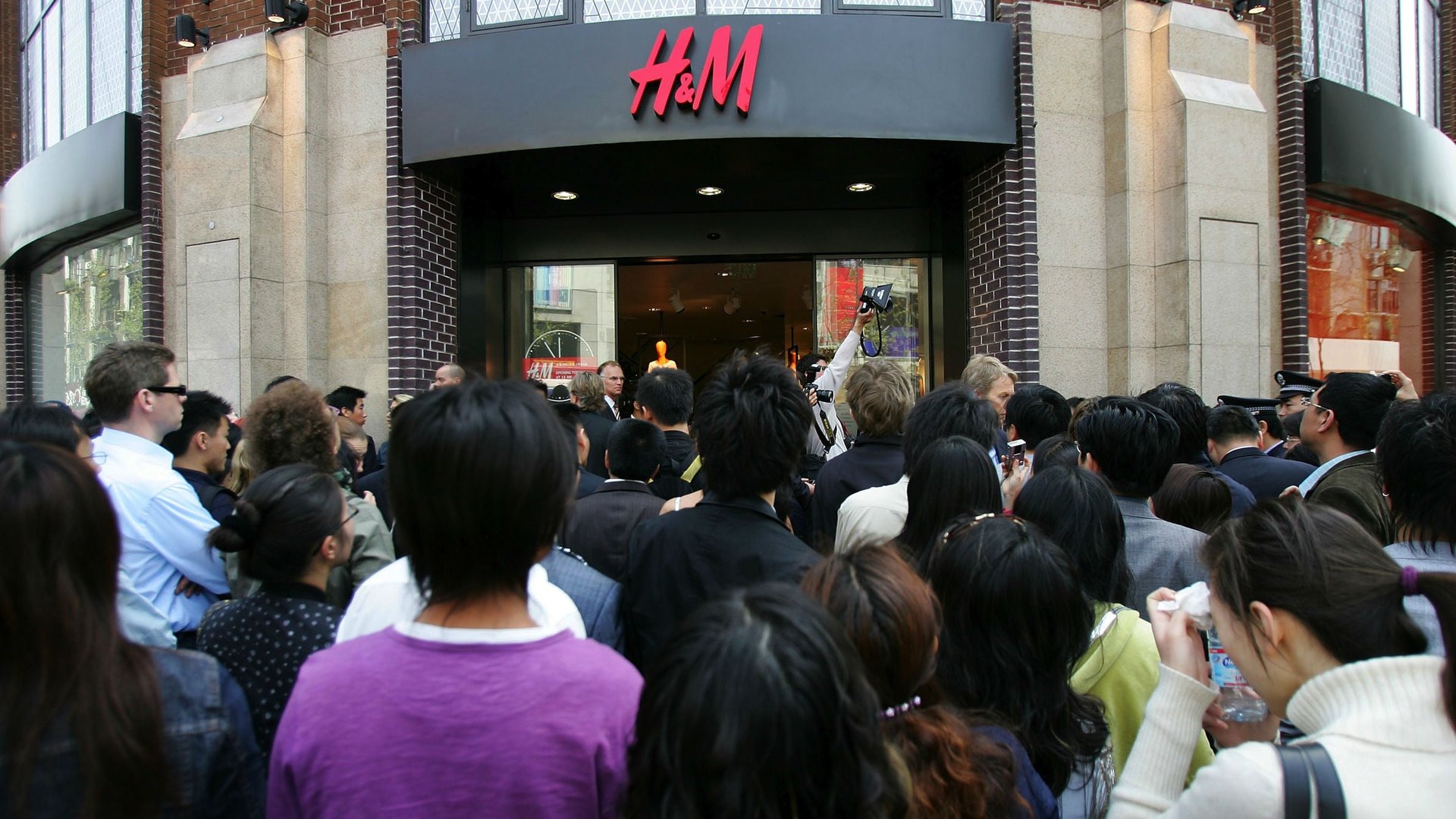H&M is falling behind its rivals in China and other emerging markets
People are still shopping, just not at H&M. Europe’s second largest clothing retailer, Sweden’s Hennes & Mauritz, reported a fall in same-store sales of 3% in February, when analysts were expecting just a 2% drop. In a statement today the Swedish company attributed the drop to slower consumer spending in Europe, its main market, a stronger Swedish kronor, and the lack of one calendar day compared to last year’s Leap Year.


People are still shopping, just not at H&M. Europe’s second largest clothing retailer, Sweden’s Hennes & Mauritz, reported a fall in same-store sales of 3% in February, when analysts were expecting just a 2% drop. In a statement today the Swedish company attributed the drop to slower consumer spending in Europe, its main market, a stronger Swedish kronor, and the lack of one calendar day compared to last year’s Leap Year.
But the kronor aside, its competitors have faced similar conditions and haven’t been derailed. Spanish retailer Inditex, which owns the Zara chain, said this week that profits had risen 22% last year, helped by its expansion in Asia. Japan’s Fast Retailing Co., the owner Uniqlo, which like H&M sells cheap, colorful fashion, reported a 9.6% increase in like-for-like sales in February.
Both of those retailers have an edge somewhere H&M doesn’t yet: China—which is expected to make up 30% of the world’s fashion sales by 2017—and emerging markets more broadly.
According to Inditex’s earnings this week, Asia’s share of its sales grew to 20% last year, from 18%. The company has 396 stores in China, most of them Zara stores, considered a higher end brand. H&M, in comparison, has 134 stores in China as of November 2012. Meanwhile Uniqlo also has 182 stores in the mainland and has been more popular than H&M in part because it sells much of the same merchandise (basic t-shirts, leggings, skinny jeans) at lower prices.
Still, it’s not over ’til it’s over. H&M CEO Karl-Johan Persson said in January that China could overtake Germany and become its largest market, as the company looks to open stores there faster than anywhere else.